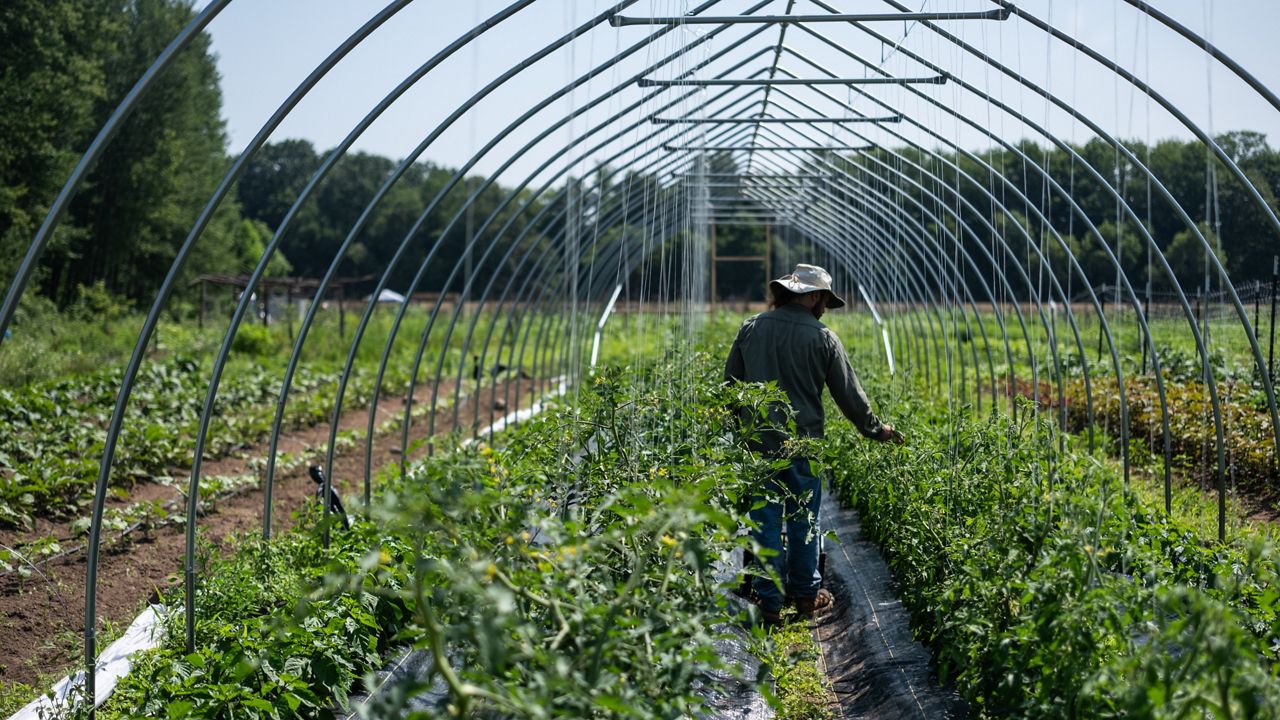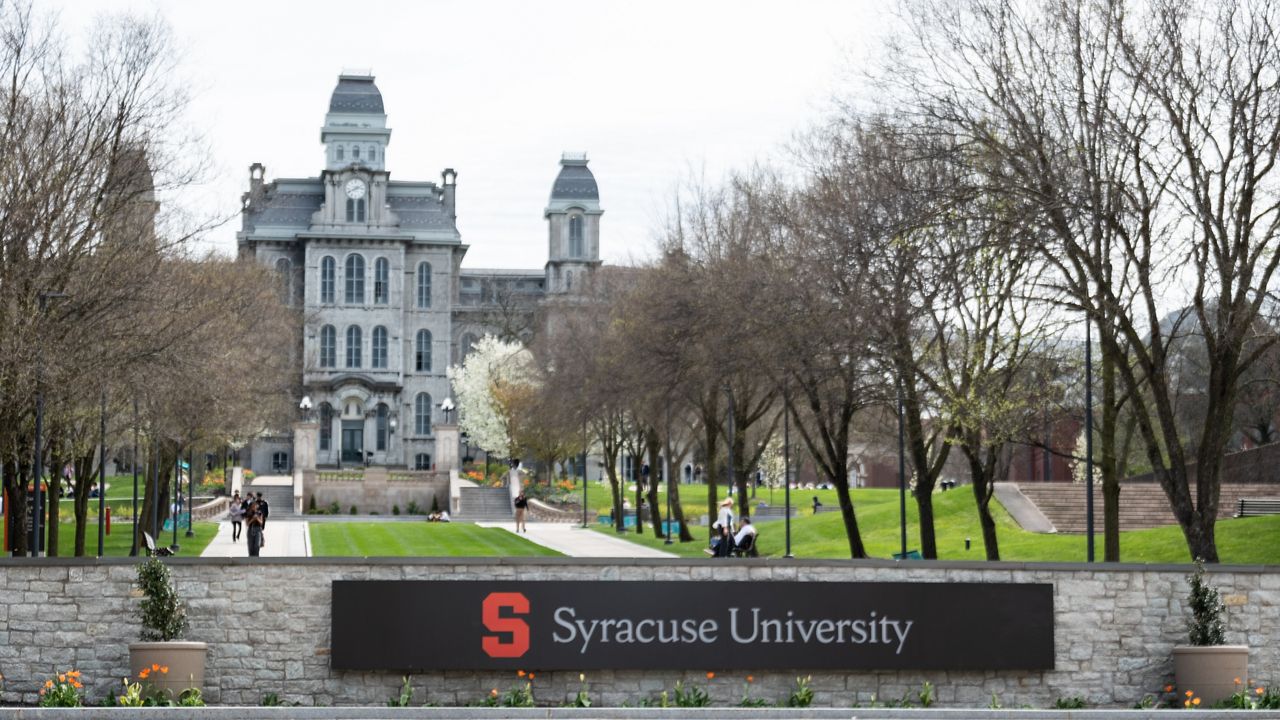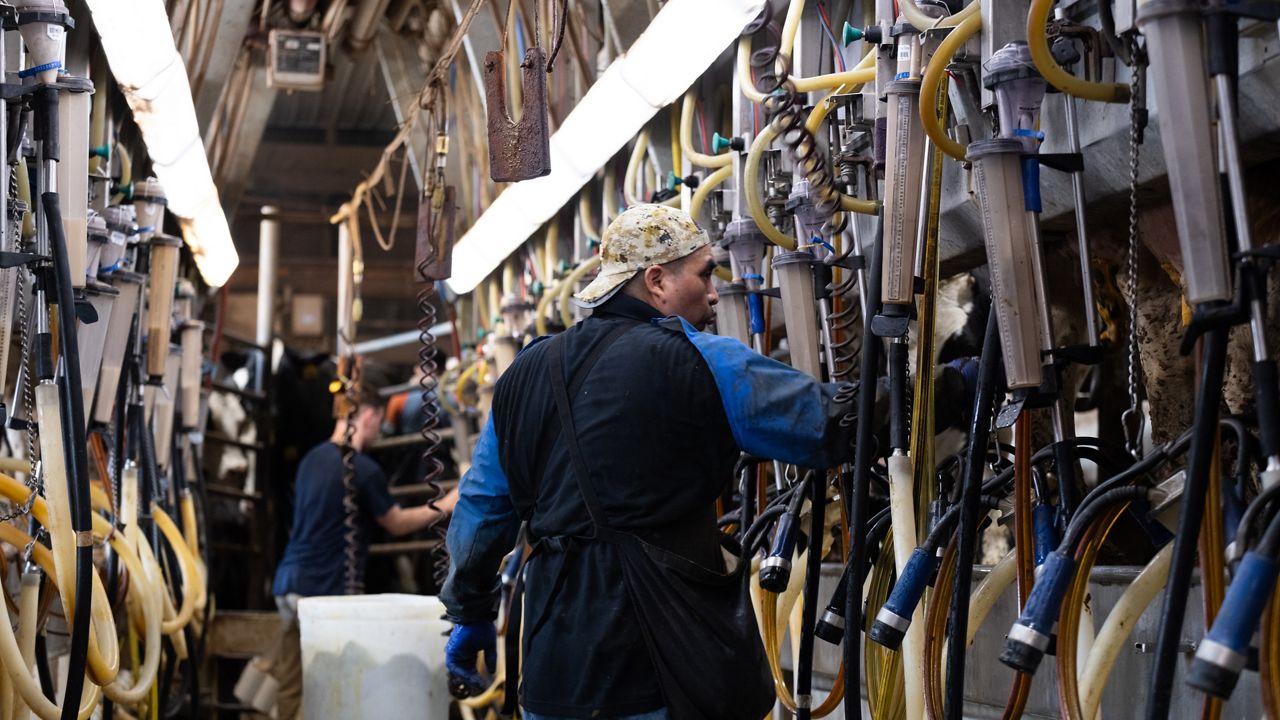Looking to boost the success of Finger Lakes Riesling wines, more than two dozen wine professionals from around the country traveled to Geneva to play with blends in hopes they will put New York wines on shelves and menus back home.
The Finger Lakes Wine Alliance and Cornell Agritech brought 24 wine professionals to learn about the Riesling variety from wineries and vineyards in the region to demonstrate its versatility.
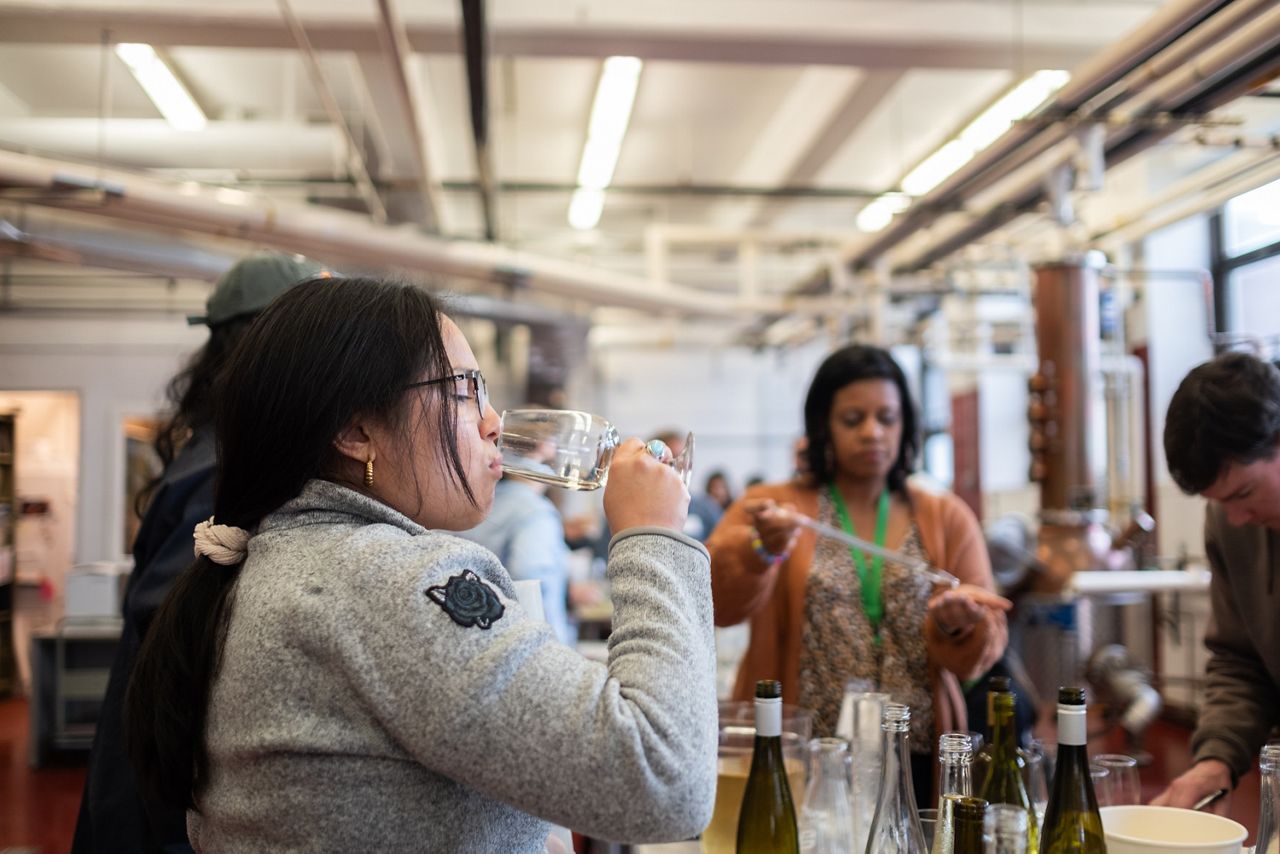
“It’s a chance to show industry professionals what’s going on in the Finger Lakes, showing them how we make the wine, how we grow grapes and what styles result from that,” said Chris Gerling, a senior extension associate in the enology department at Cornell University.
There are approximately 950 acres of Riesling grapes grown in the region — the most common vinifera variety, according to data from the Finger Lakes Wine Alliance.
“Riesling seems to grow the best, the most often in our region. It seems like it’s our most reliable producer and our most reliable expression of our terroir,” Gerling said.
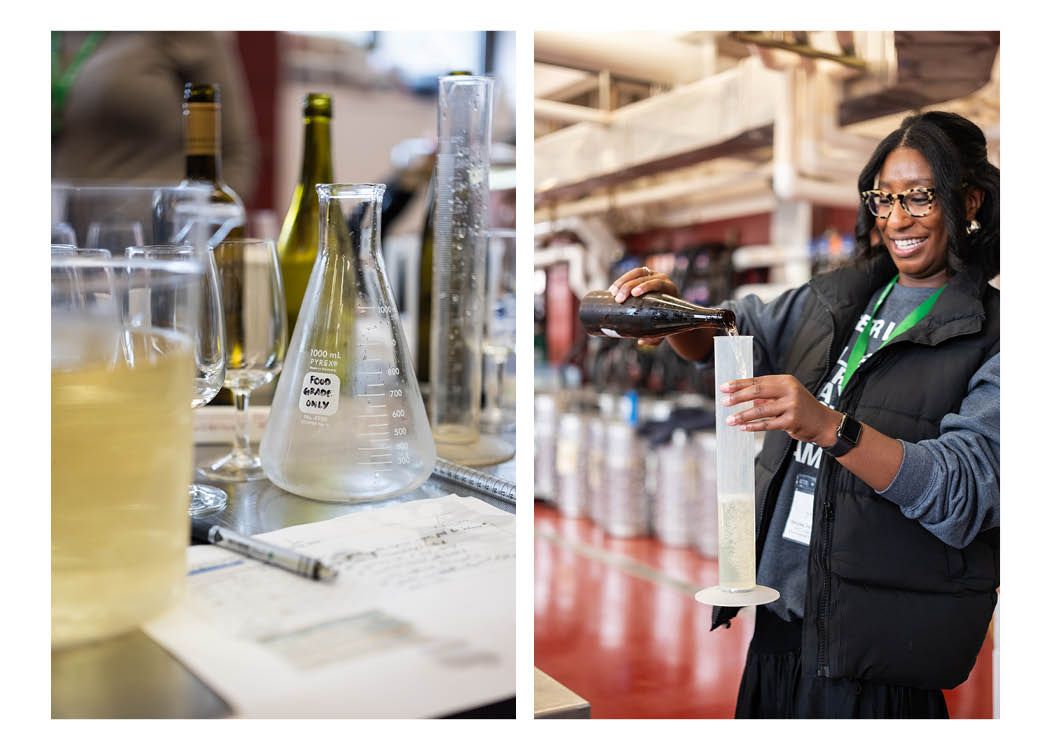
Wine from the region has become something unique with a variety of different styles like off-dry, dry, sweet, sparkling and more, Gerling said.
The love of Riesling wine drew participant Claudia Chamberlain to apply for the class. She is an advanced sommelier and works as a sales manager for Jackson Family Wines in Washington, D.C.
“It felt natural that I need to come see the Finger Lakes,” Chamberlain said.
As part of the workshop, they created their own Riesling blend by combining wines from area wineries who donated the cases of Riesling with each bottle’s identity masked. Each participant made three bottles of their blend.
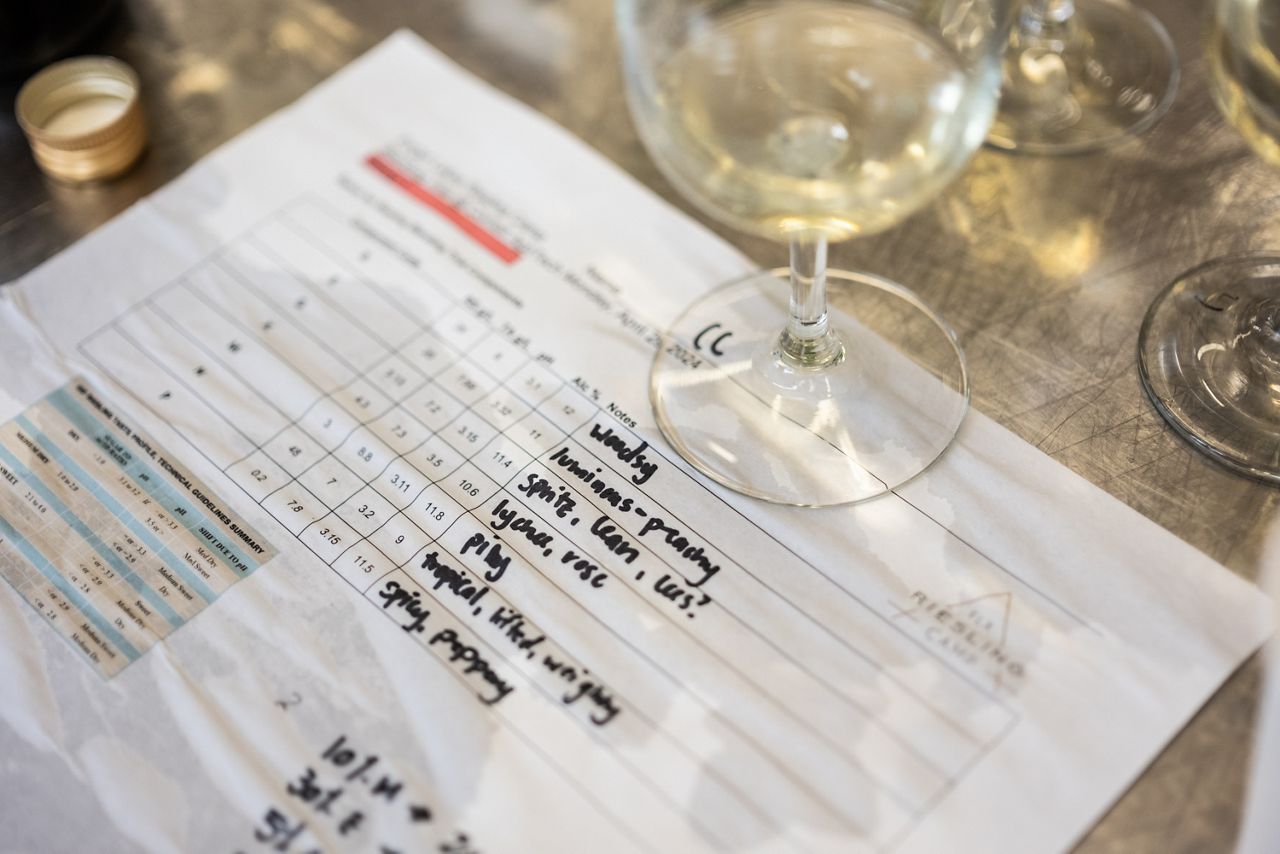
“It is really useful to see how each one can present as very singular and very expressive, and then the magic is putting them together to make the most harmonious blend,” Chamberlain said.
The blending process resembles a science lab with beakers, pitchers and graduated cylinders along with lots of wine tasting. The blend Chamberlain created incorporated a mix of different flavors.
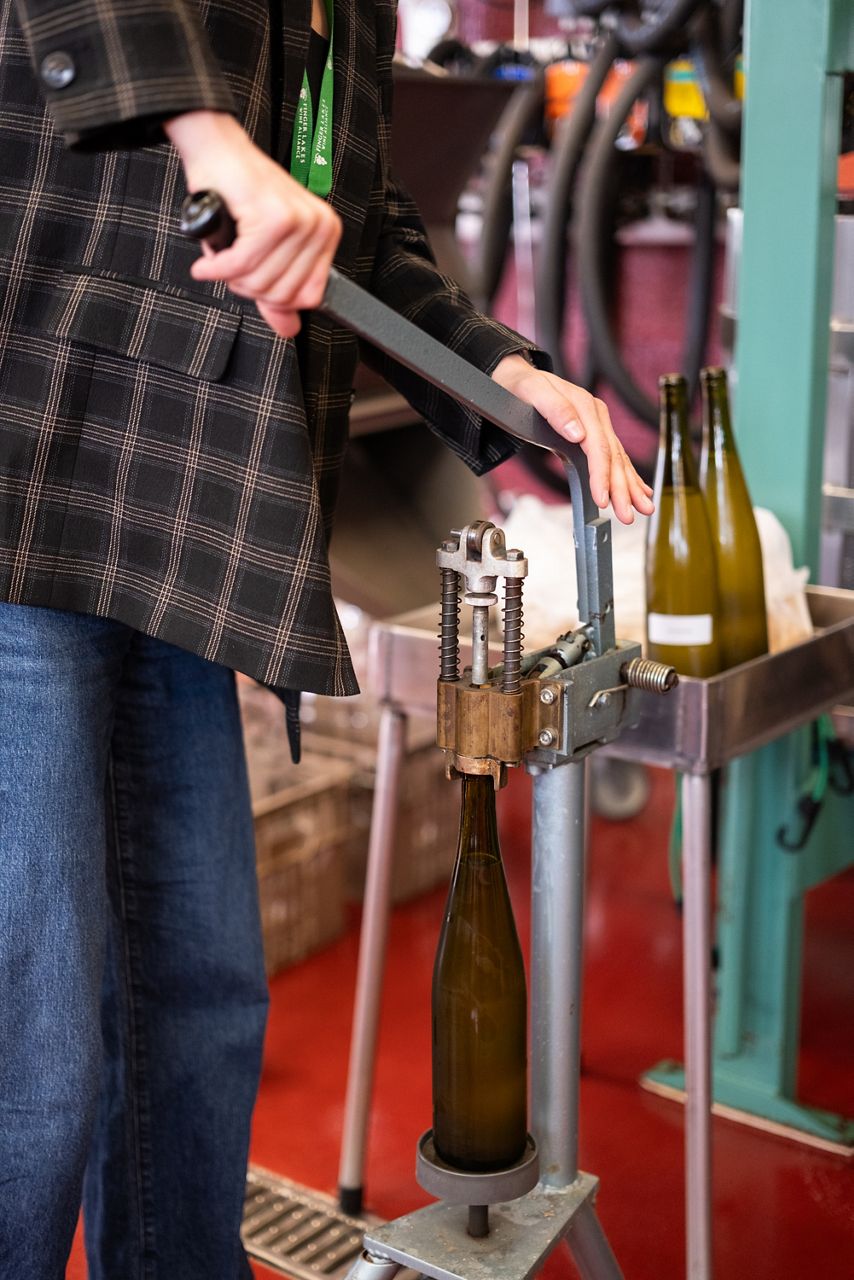
In the end, Chamberlain created an off-dry or lightly sweet wine that in her opinion is lively and has notes of white flowers, candied limes, white peaches, Thai basil and sweet jasmine.
“Riesling can do 50 different things, but to see it do 50 different things in the same [region], I think it has opened my eyes to it,” Chamberlain said.
The misconception for Riesling is that it is always a sweet wine, because at one time many were. However, that’s not always true nowadays.
“Riesling is extremely versatile. It's been made dry to sweet and everything in between for a very long time,” said Craig Hosbach, head winemaker at Fox Run Vineyards in Penn Yan.
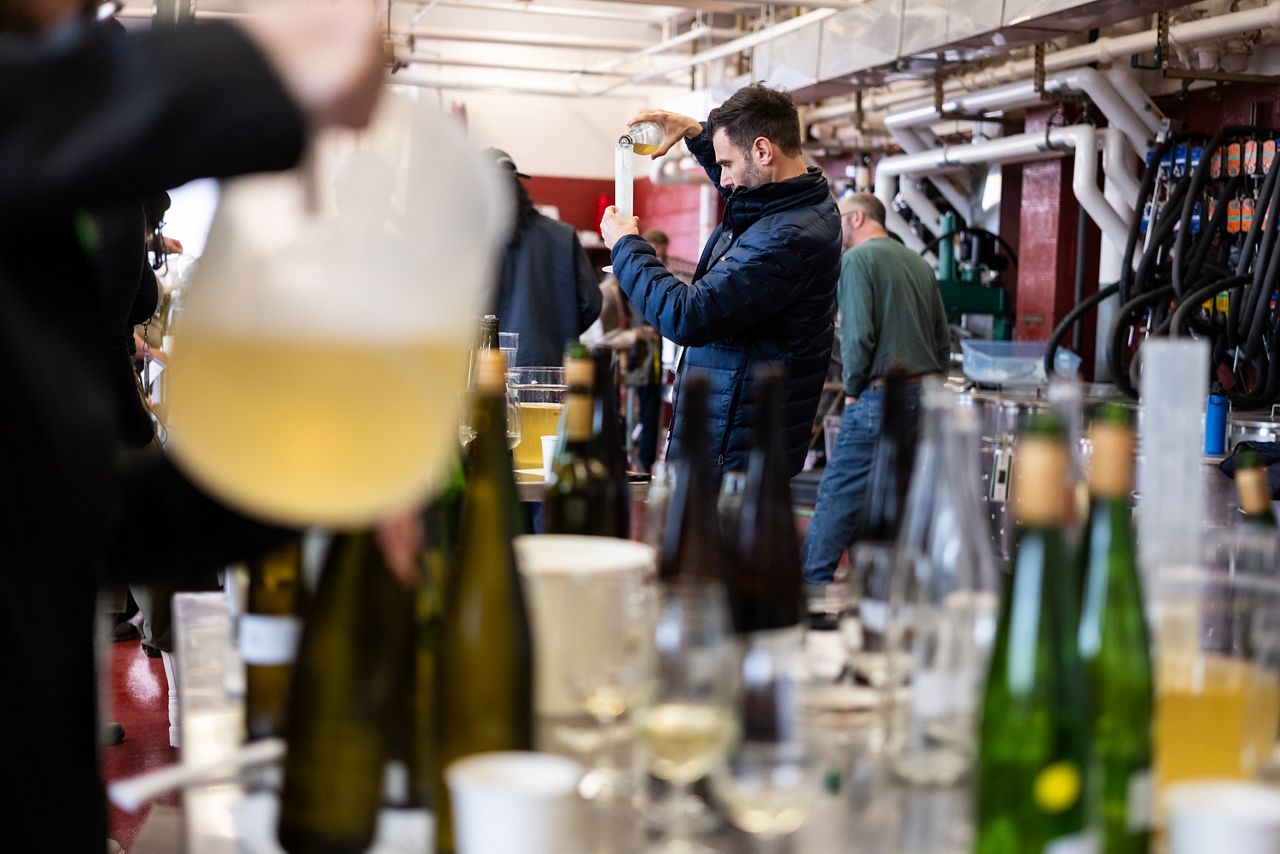
The versatility offered by the grape is what allows the blends to be so different, Hosbach said.
“Making a wine blend is subjective and stylistic. One person might want to make one style, while another person wants to make a totally different style. Neither are wrong or right,” he said.
The goal is for these wine professionals to return to their homes and bring New York Rieslings with them.
“We hope they take with them that these are amazing Rieslings, and every restaurant everywhere should have these on their list. That is the goal: restaurant, liquor stores, you name it,” Hosbach said.





